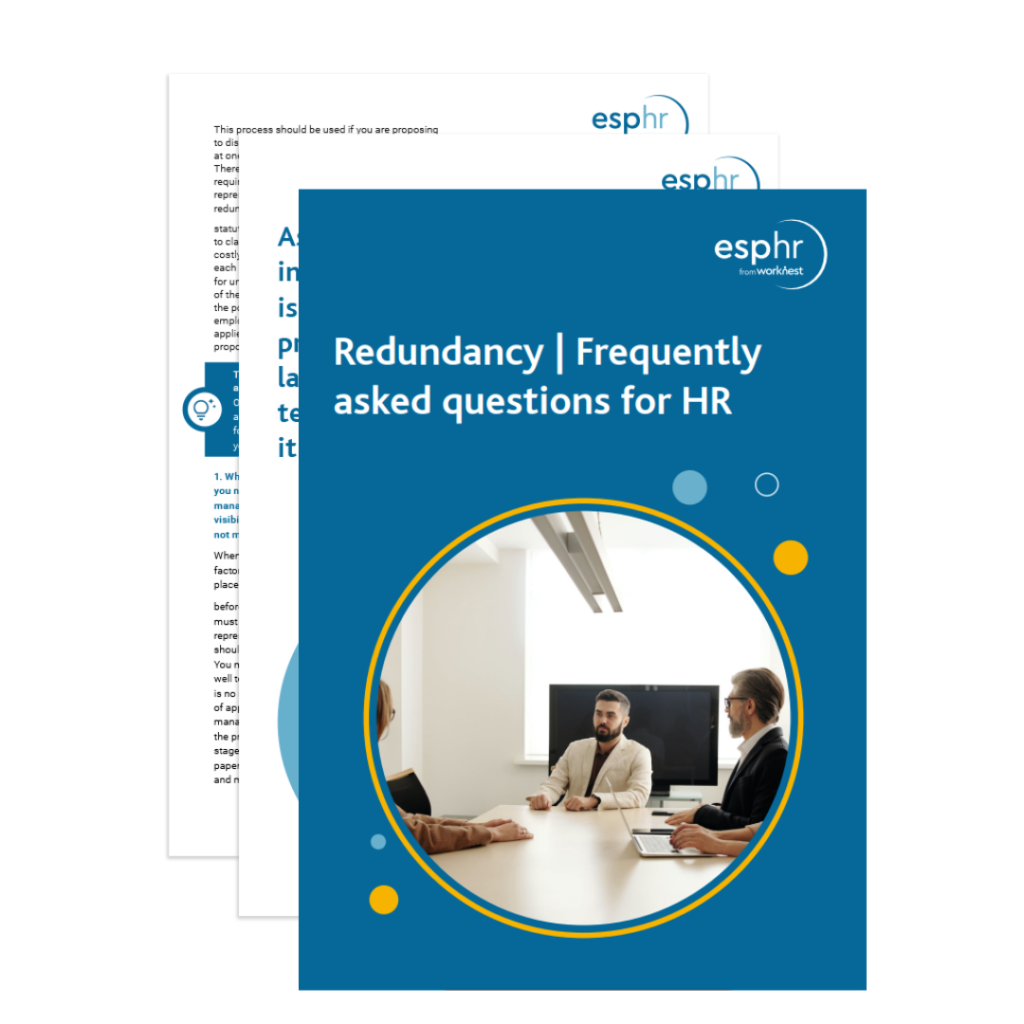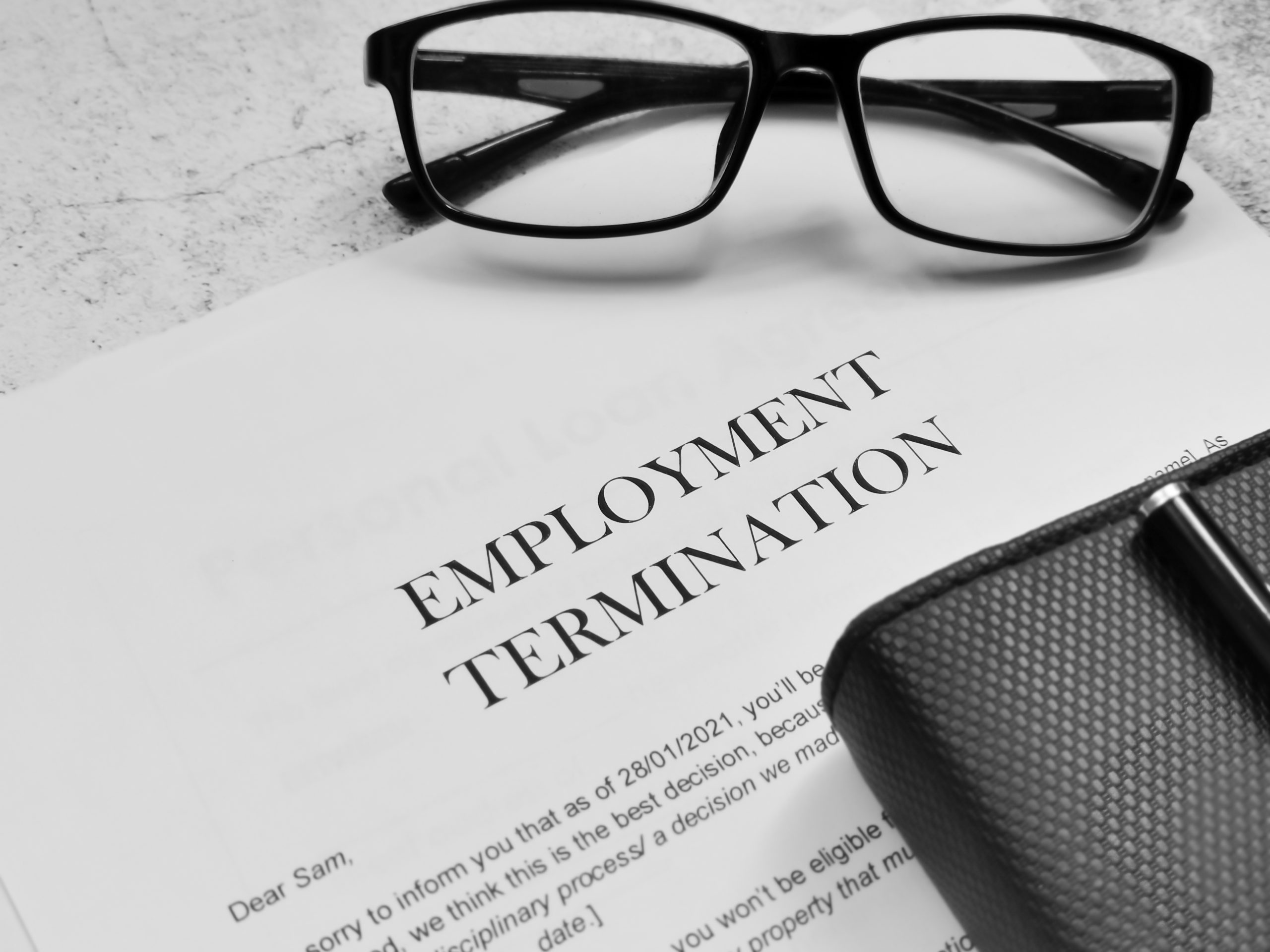Labour’s ‘Plan to Make Work Pay’ has sparked considerable discussion, particularly around its proposed reforms to redundancy consultation requirements. While the timing of these changes is not yet confirmed, they are anticipated to take shape in 2025. HR professionals must stay ahead of these developments to ensure compliance and minimise organisational risk.
Collective consultation – current rules explained
Collective consultation is a statutory process required in certain redundancy situations meeting specific legal criteria. It aims to allow employers to discuss redundancy proposals with employees or their representatives, considering alternative solutions to reduce or mitigate job losses.
Under current rules, employers are obligated to:
- Consult with their recognised Trade Union about the proposals; or
- Nominate representatives from the affected employee group, where no union is recognised.
These obligations are triggered when all the following conditions apply:
- 20 or more redundancies are proposed;
- The redundancies occur at a single ‘establishment’; and
- The redundancies are set to take place within a 90-day period.
Currently, case law from the European Court of Justice (ECJ) allows employers to define each site as a separate ‘establishment,’ thereby limiting the circumstances in which collective consultation is required.
Labour’s proposed changes
Labour has raised concerns that defining ‘establishment’ as individual sites undermines the original intent of redundancy legislation. With the UK no longer bound by EU regulations, Labour intends to tighten this definition to apply to the organisation as a whole.
This proposed change aligns with the Employment Appeal Tribunal’s original assessment in the case of USDAW v WW Realisation, which was subsequently overturned by the ECJ. By adopting this approach, redundancy consultation obligations would apply to the entire organisation rather than being limited to individual sites.
Implications for employers
Should these reforms be implemented, employers would face more frequent obligations to conduct collective consultations. Specifically:
- Redundancies at a single site below the 20-employee threshold could still trigger consultation requirements if combined with redundancies across other sites in the preceding 90 days, taking the total to over 20.
- This will necessitate additional planning and time to fulfil consultation obligations.
Potential penalties for non-compliance
Failure to adhere to collective consultation obligations can result in substantial penalties. Employment Tribunals can issue protective awards of up to 90 days’ full pay for each affected employee.
The 2022 P&O case serves as a cautionary tale. By bypassing collective consultation requirements, the company faced significant reputational damage and costly settlement agreements. For HR professionals, this underscores the importance of ensuring compliance.
How HR professionals should prepare
Labour’s proposed changes would significantly alter redundancy processes. To stay ahead, HR teams should:
- Monitor legislative developments to understand when these changes might come into effect.
- Review current redundancy policies and procedures to identify areas requiring adjustment.
- Seek specialist legal advice to ensure compliance with collective consultation obligations.
Learn from recent events
The recent announcement by Sainsbury’s to cut 3,000 jobs highlights the ongoing importance of effective workforce planning.




